Introduction to Steel Induction Melting Furnaces
The 500kg 250kw steel induction melting furnace represents a pivotal innovation in metallurgical technology, designed for the efficient melting of metals. This category of industrial equipment is engineered to cater to the needs of metalworking industries, where precision and reliability are paramount. The induction melting process is a clean, energy-efficient method that is widely adopted for its superior control and consistency.
Types and Applications
Induction melting furnaces come in various types, each tailored to specific applications. The medium frequency induction furnace is a popular choice for its versatility in melting an array of metals, including iron, aluminum, and copper. Smaller-scale operations, such as jewelry crafting, often utilize small capacity induction furnaces for their ability to precisely melt precious metals like gold, silver, and platinum. These furnaces are integral in both primary metal production and recycling processes.
Features and Technical Specifications
The 500kg 250kw steel induction melting furnace is equipped with advanced features to enhance melting efficiency. It operates within a power range of 180kw to 2,000kw, with large capacitor banks ensuring current stabilization. Safety is a paramount feature, with integrated circuit breakers to mitigate faults. The melting process can be conducted in open or enclosed systems, with some furnaces requiring dual pots for both melting and transportation of molten metal. The capability to reach temperatures between 2,100 to 1,750 degrees Celsius allows for the melting of most metals within 40 to 60 minutes.
Construction and Materials
Constructed with robust materials, the industrial steel melting furnace is designed to withstand the rigors of high-temperature operations. The melting pots, capable of tilting up to 95 degrees, facilitate the efficient handling of molten metal. A water-cooling system is a standard feature, ensuring the longevity of the furnace by managing high temperatures. The operational control is often managed by a PLC system, enhancing the precision and ease of use.
Advantages of Induction Melting Technology
The electric induction furnace offers numerous advantages over traditional melting methods. Its energy efficiency and rapid melting capabilities result in lower operational costs and increased productivity. The use of electrical induction for heating minimizes the environmental impact, making it a more sustainable choice. Additionally, the hydraulic tilting mechanism provides a safe and controlled method for handling molten metal.
Choosing the Right Furnace
Selecting the appropriate steel melting induction furnace is crucial for meeting specific industrial requirements. Factors such as melting capacity, power consumption, and the type of metal to be melted are essential considerations. While the 500kg 250kw steel induction melting furnace is a common specification, the diverse range of furnaces available on Alibaba.com ensures that businesses can find the right fit for their operations without direct promotion or brand endorsement.

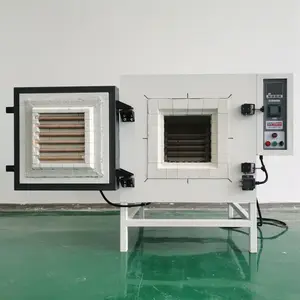



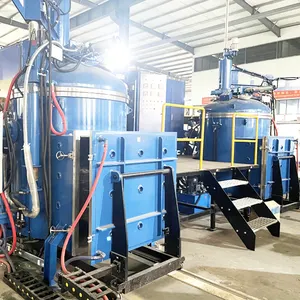

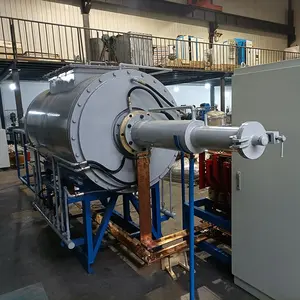





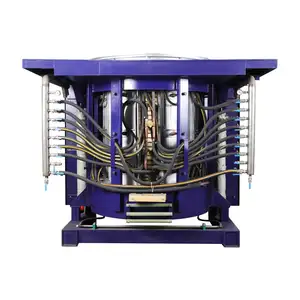


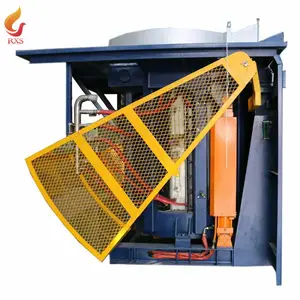
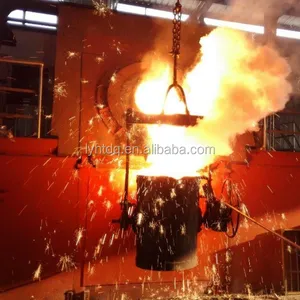








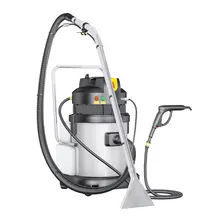



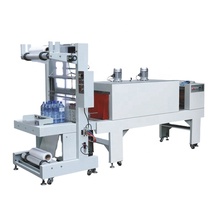

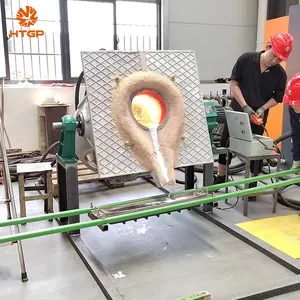


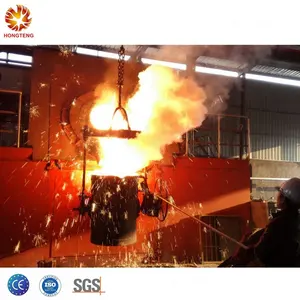

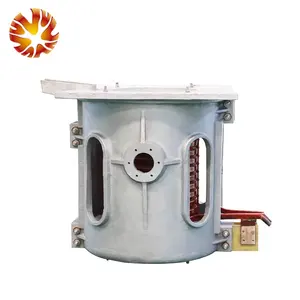





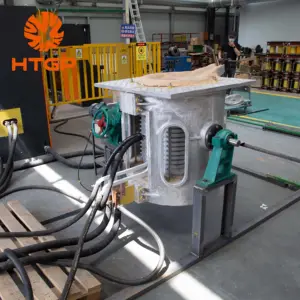
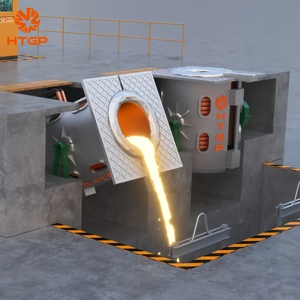

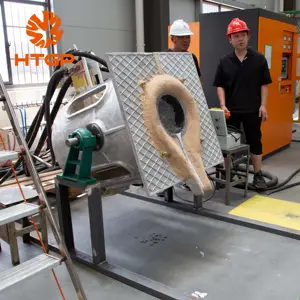
























 浙公网安备 33010002000092号
浙公网安备 33010002000092号 浙B2-20120091-4
浙B2-20120091-4